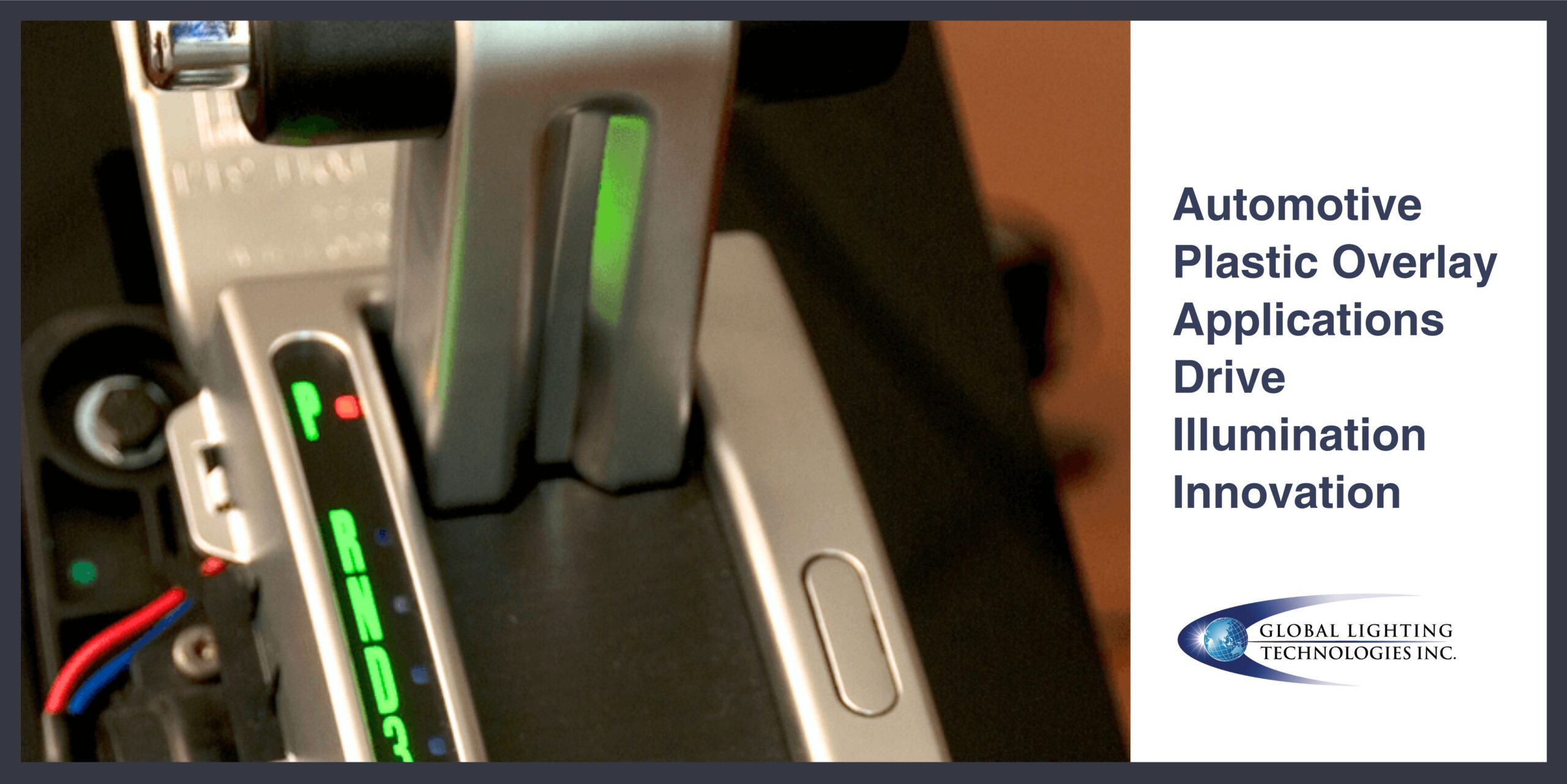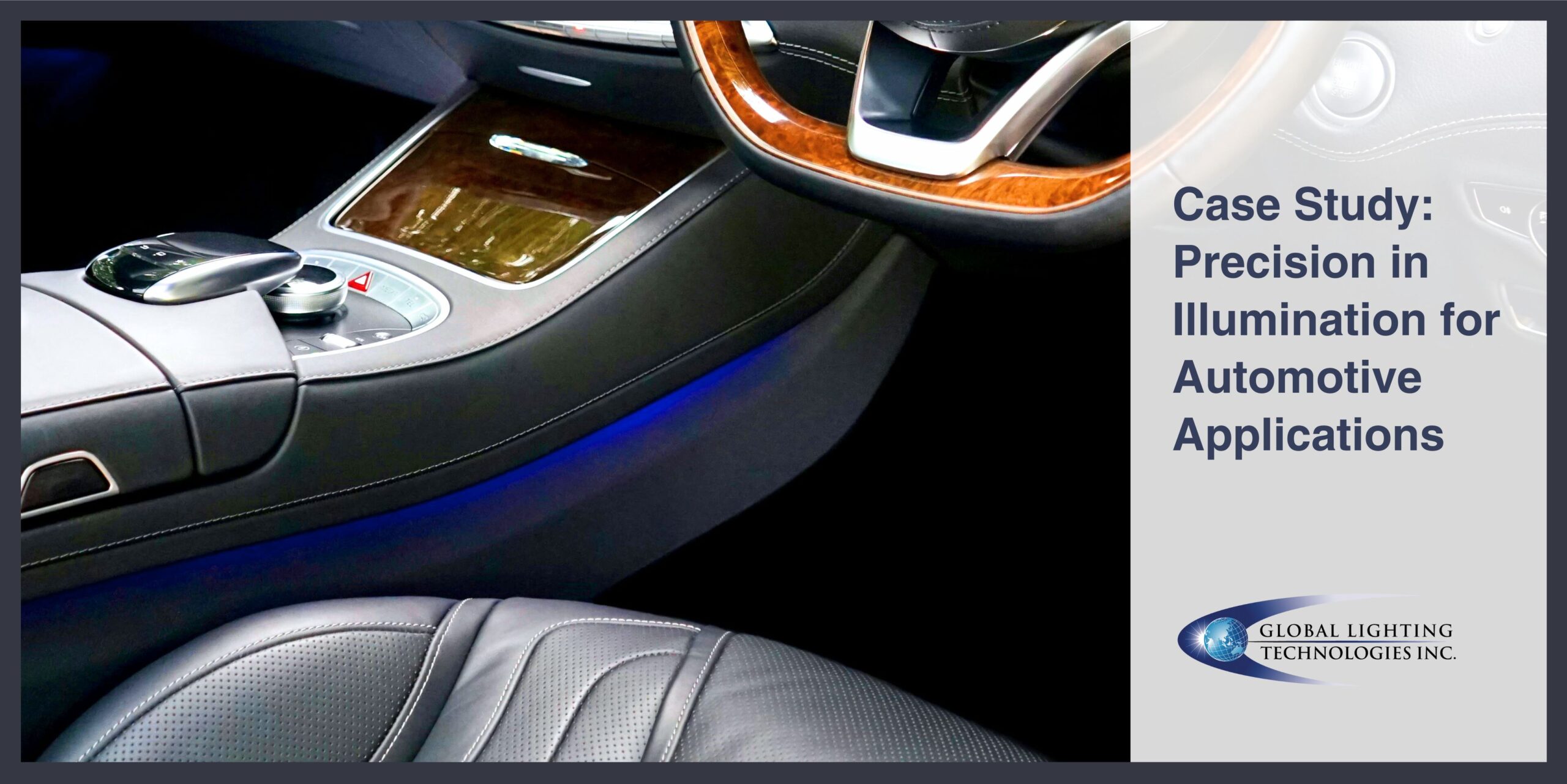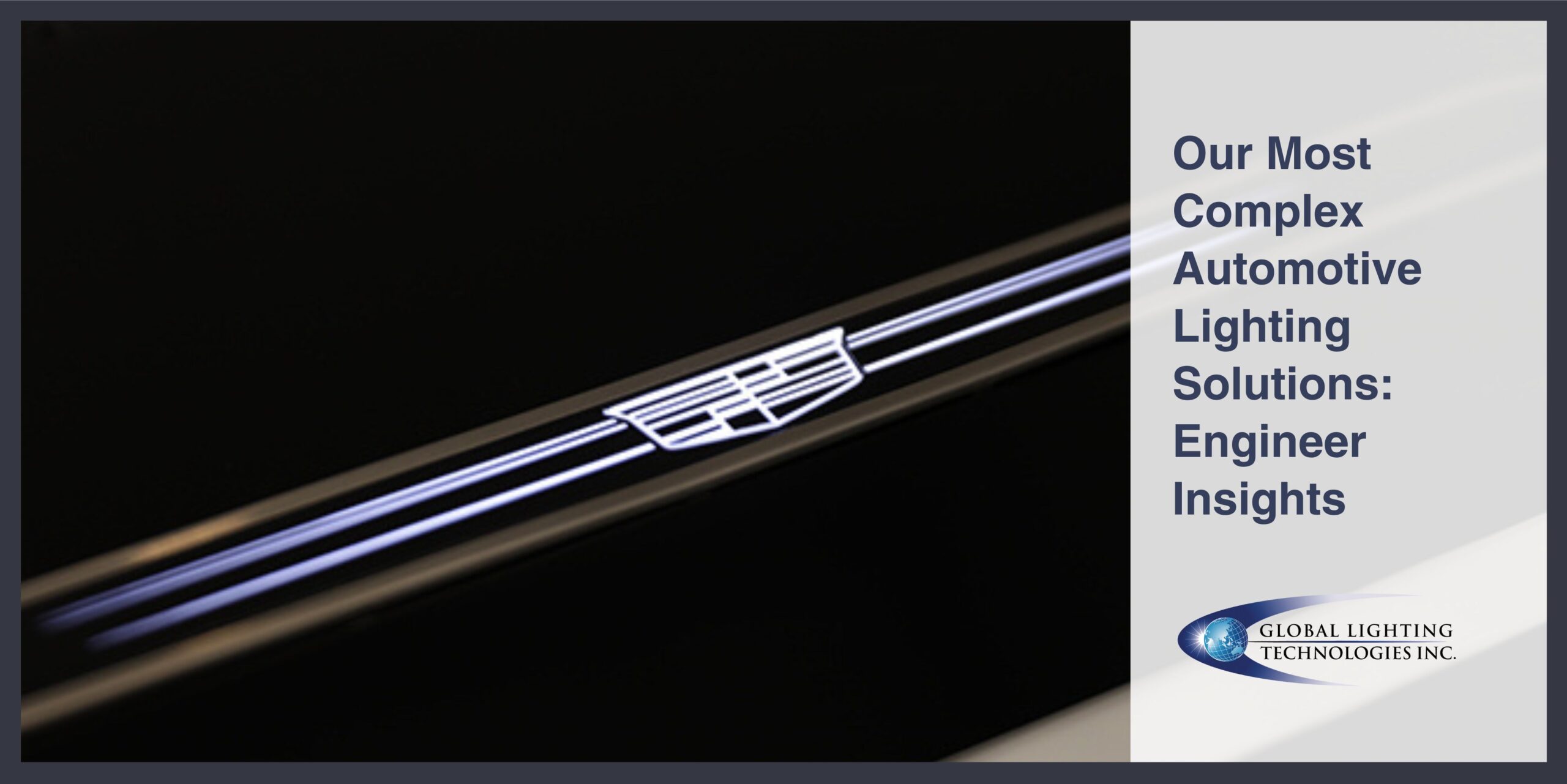Why Are Some Automotive Lighting Solutions More Complex Than Others? Our Sales Project Manager Weighs In.
Navigating automotive lighting projects can be daunting for manufacturers and suppliers who require custom solutions. This is especially true when some automotive lighting solutions are more complex to design than others. I’m proud that my team rises to the challenge.
Read on for an interview I was part of that captures our unique perspective on some of our most complex automotive lighting solutions. You’ll walk away with a better understanding of these project characteristics and information that helps your project operate more smoothly from the start.
Understand Complex Automotive Light Guide Project Characteristics
Q: What characteristics separate simple light guide projects from complex ones?
Tarnay: What makes automotive lighting projects tricky is when you’re dealing with multiple lighting zones – it can get complicated. We’ve got to map out exactly how the light will spread, which affects everything from how big the light guides need to be to how many we need and where they go. Plus, when customers come to us with specific requirements for brightness or how even the lighting needs to be, that can ramp up the complexity. Sometimes, we need to make some trade-offs to hit certain targets, but our team has lots of experience helping customers navigate all of this.
Q: How do customer expectations and industry standards influence these projects?
Tarnay: In automotive, you’ve got to play by the rules when it comes to specs. Unlike other industries where you might have more freedom, we’re pretty limited in what materials we can use – they all need to be officially approved. The optical design part stays the same, but everything else – the light guides, LEDs, plastic overlays, films – must meet these strict guidelines. We think outside the box to meet those industry standards without cutting corners on quality.
Q: What initial customer information simplifies project execution?
Tarnay: It really boils down to two main things we need to know right off the bat: electrical specs and mechanical details. On the electrical side, we need to know what kind of power we’re working with – usually, it’s around 12V in most car applications. As for mechanical, we need to know how much space we have to work with. Once we’ve got those basics down, we can hit the ground running and come up with designs that work for what the customer needs.
Read More About Automotive Plastic Overlays for Illumination Innovation

Case Studies: Innovative Solutions for Advanced Projects
Jonathan weighs in on some of our most complex automotive light solutions projects to date.
Name Badge for Front of Vehicle
Q: What were the specific requirements for this project?
Tarnay: For the name badge, we needed to achieve even lighting while working within strict electrical current limits. This meant we had to be really careful about what type of LEDs we used and exactly where we put them. We relied heavily on optical simulations to fine-tune the LED placement and create the right optical shapes to spread light evenly across some pretty challenging badge designs.
Q: How did your team overcome technical challenges?
Tarnay: The key was fine-tuning the LEDs’ placement and the light guides’ shapes through detailed optical simulations. This approach paid off—it gave us confidence in our prototypes and helped us achieve that uniform look, even though we were working with limited electrical power. Our team’s know-how in creating special geometries to redirect light really made the difference in getting the results we wanted.
Side View Mirrors and Rear Indicators
Q: What were the main requirements and challenges for these components?
Tarnay: The big focus was getting the light distribution right to ensure drivers could see clearly, especially for the lane change indicators. The tricky part was directing light effectively in the limited space we had in the mirrors and indicators. We needed to make sure the light was angled toward the driver to improve safety.
Q: How were these challenges addressed?
Tarnay: We tackled this by developing custom light guides with specific optical patterns, all backed up by simulations. This didn’t just make the components more efficient – it also made sure we met all the safety requirements by giving drivers the visual signals they need.
Read More Automotive Lighting Solutions

Lessons Learned and Future Directions
Q: How does Global Lighting Technologies balance aesthetics, functionality, and technical requirements?
Tarnay: It all starts with understanding what the customer wants to achieve. We make sure to tackle the technical requirements first – things like specific brightness levels and even lighting. Then we check that all these technical achievements work for what the component needs to do, while fine-tuning the look through several rounds of adjustments to meet quality standards. By taking this thorough approach, we make sure all aspects of our lighting solutions work together smoothly.
Q: How have complex projects influenced your team’s approach?
Tarnay: Every project teaches us something new about using optical patterns and light guide technology. This ongoing learning makes us better equipped to handle new automotive lighting challenges down the road. It’s really about building on our experience to stay innovative in the field.
Q: What advice would you give to manufacturers concerned about design complexity?
Tarnay: Don’t be afraid to try new approaches and consider working with teams who have deep experience in this area, like us at Global Lighting Technologies. We’ve developed the flexibility and advanced techniques needed to create distinctive lighting solutions that really work, even for complex designs.
Tackle Complex Automotive Lighting Solutions With Custom Light Guides
You don’t have to face rigorous standards, complex designs, and the constant demand for innovation alone. Our extensive experience and deep expertise turn your challenges into opportunities for advancement. Let’s work together to deliver reliable lighting solutions that illuminate new possibilities. Contact our team here and we’ll be in touch shortly!
